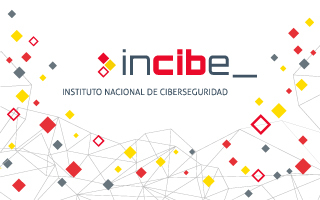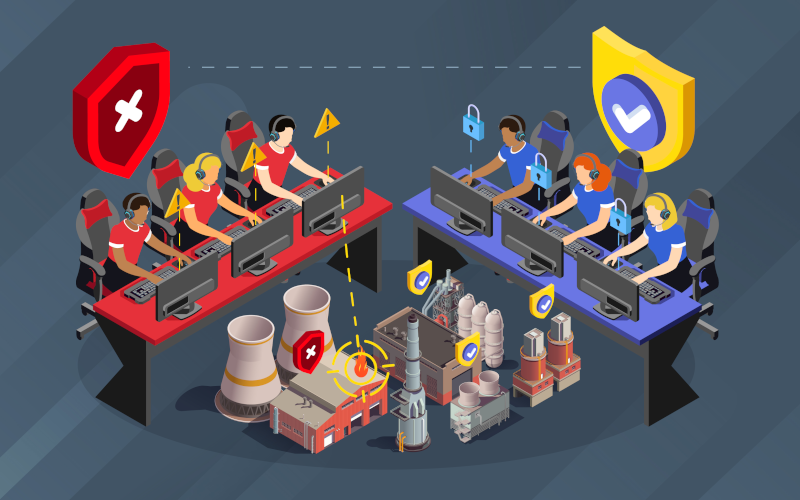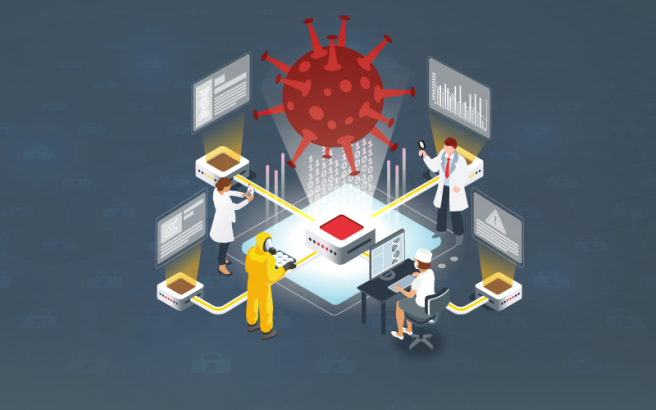


MITRE Caldera OT stands out mainly for being an open-source tool that allows the simulation of different cyber-attacks in industrial environments. This tool was created by MITRE and CISA (US Cybersecurity and Infrastructures Security Agency), as the experts saw the need to be able to improve and understand cybersecurity in industrial environments without using a high number of resources.
In addition, this tool is designed to be used by both the Red Team and the Blue Team, allowing both teams to collaborate with each other to improve the level of cyber security in these environments.

The ability to monitor and analyze the behavior of users and entities becomes crucial for early detection and response to potential threats. UEBA solutions identify unusual or anomalous patterns in user behavior, enabling rapid identification of internal threats or external compromises. This post focuses on how UEBA analysis is becoming an essential tool for a cybersecurity strategy, from identifying suspicious behavior to preventing potential security breaches.

In the field of cybersecurity, CASB systems play a crucial role in providing an additional layer of protection for cloud applications. This approach prevents threats, detects malware, and ensures privacy in a digital environment, thereby addressing the growing need for data protection.
This article explores how CASB systems work, their key applications, and their benefits in terms of security and privacy, ensuring that applications operate by protecting data in cloud environments and maintaining fine-grained control over cloud operations. From vendor assessment to malicious behavior detection, its versatility extends, offering benefits such as risk mitigation and improved cloud security.


CAPEC (Common Attack Pattern Enumeration and Classification) is a project that focuses on enumerating and classifying common attack patterns on computer systems and providing a systematic approach to understanding and addressing the tactics used by attackers. Like CWE (Common Weakness Enumeration), CAPEC is an initiative of the computer security community and is maintained by the National Institute of Standards and Technology (NIST) in the United States. Recently in version 3.9, the project has incorporated a number of attack patterns related to the industrial world.
This article aims to show the reader the use of these codes, such as those used at the identifier level in CVEs, CWEs, etc., and which are related to many of the jobs that are carried out on a daily basis in the industrial cybersecurity sector.

The industrial environment, especially the energy sector, is one of sectors that is suffering the most from cyber-attacks. This trend has been increasing in recent years, as this is one of the most information-sensitive sectors and can cause major problems, both economically and socially.
One of the best examples of malware attacks is BlackEnergy. This malware became known for being able to compromise several electricity distributors on 23 December 2015, causing households in the Ivano-Frankvisk region of Ukraine (a population of around 1.5 million) to be without electricity.
For this reason, due to seriousness of this type of cyberattacks, it is necessary to continue researching and investing in industrial cybersecurity, to reduce the damage caused by this type of cyber-attack in industrial environments.

Ransomware, one of the top cybersecurity threats in today's landscape, allows criminals to hijack data and demand ransoms. Although there are various families and variants, some are especially destructive. These cybercriminals have refined their methods, using everything from complex extortion to bug bounty-type programs. In the face of these challenges, we will explore tools and strategies to recover from and defend against such attacks.

Second part of the Top 20 mitigations for industrial environments. This part will focus on mitigations related to network architecture, industrial protocols, network configuration and vulnerability scanning.



